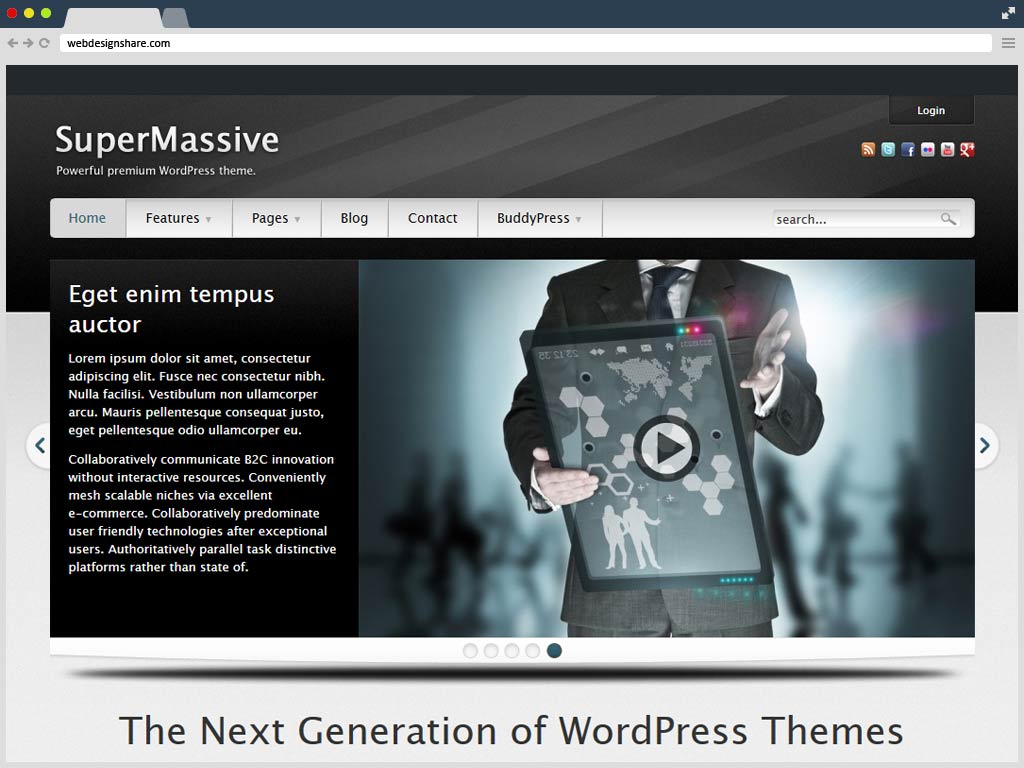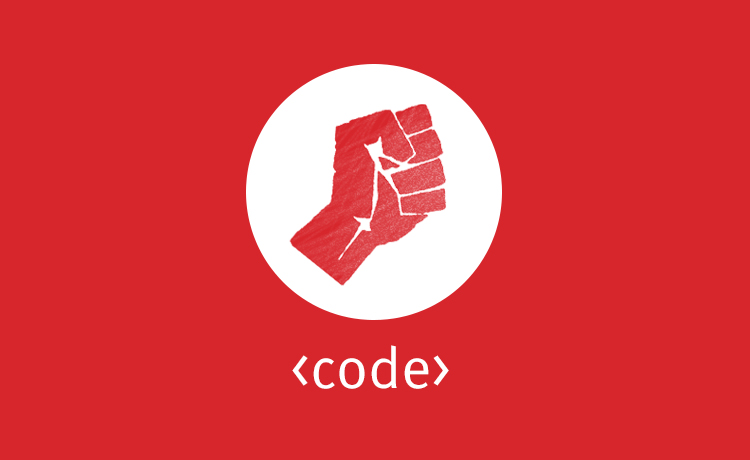Development Delivery
Architecting solutions that deliver better outcomes
We envision and build user-friendly solutions that connect with people and deliver quantifiable results – driving visibility, improving agility, and scaling as your business grows.
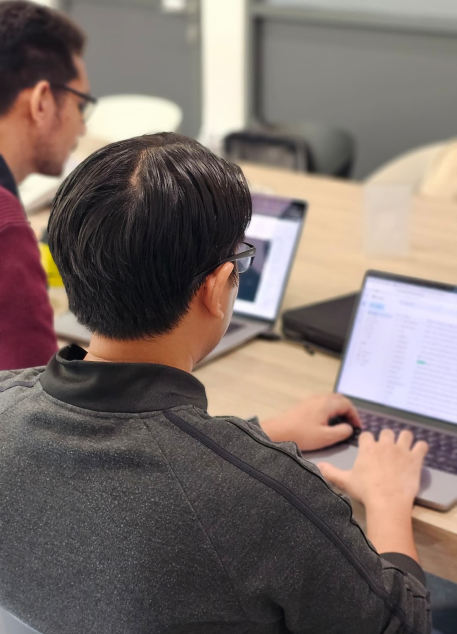
OUTCOMES
Developing the outcomes that matter
We develop for the outcomes that matter to you and your users. You benefit from increased visibility, faster time to market and improved security. Your users enjoy experiences that drive satisfaction, loyalty and sharing.
Increased brand visibility and credibility
By improving site speed, SEO, and security, we help you to stand out and stay trusted in competitive markets.
Improved business agility
Empowering your teams to create and publish content effortlessly, enabling faster responses to market opportunities and user needs.
Future-proof scalability
Developing robust systems that adapt as your business scales, ensuring your platform evolves seamlessly with your needs.
Increased security and compliance
Implementing advanced security protocols and compliance standards, safeguarding your data and protecting customer trust.
Enhanced customer engagement
Delivering intuitive, responsive designs that keep users engaged, drive higher conversions, and build lasting relationships.
Faster time to market
Streamlining workflows and leveraging tools to launch projects efficiently without compromising quality or vision.
Optimised operational efficiency
Integrating solutions that reduce manual work, enhance workflows, and boost productivity across your organisation.
METHODS
Development capabilities
From robust back-end systems to flawless front-end execution, our development services are designed to bring your vision to life. We combine technical expertise with a design-first mindset to ensure every project delivers lasting impact—built to scale with your business.
Solutions architecture
We lay the foundation for efficient, reliable, and scalable solutions tailored to your needs.

- Application architecture design
- Database schema optimisation
- API development and integration
- Scalable infrastructure planning
- Load balancing and caching solutions
Front-end development
Bringing designs to life with precision and performance.
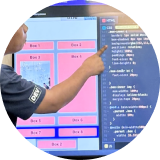
- Responsive UI/UX implementation
- Component-based architecture with Angular/React
- CSS frameworks like Tailwind
- Cross-browser and device compatibility testing
Maintenance
Keeping your product secure, fast, and reliable
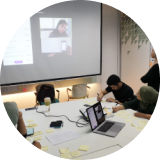
- Performance monitoring and optimisation
- Security audits and updates
- Backup and disaster recovery planning
- Cloud server management
- Continuous uptime monitoring
Back-end development
Building the engine behind seamless user experiences.
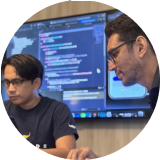
- Custom or selected CMS development
- API design and integration
- Database management and optimisation
- Third-party software integrations
- Cloud-based scalability
Mobile apps development
Hybrid applications for faster time to market.
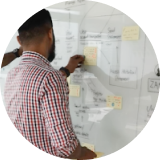
- Single codebase for multiple platforms
- Reduced development time and faster prototyping
- Faster updates rolled out simultaneously across platforms
- Improved scalability to handle growing user demands
- Streamlined integration with third-party tools and APIs
CLIENT SUCCESS
The fuel for growth for industry leaders






These are web developers who are genuinely involved in every project. They allow us to do things for our clients that I never thought possible.

THE STAMPEDE DIFFERENCE
Our thoughts on Development Delivery
“Ship solutions that matter today, build foundations that scale tomorrow.”
Crafting custom child themes with Supermassive
Discover how leveraging the Supermassive WordPress template can unlock endless possibilities for personalised, future-proof web designs.
Create effective custom blocks on Gutenberg editor
Ever wonder how can you create custom Gutenberg blocks in WordPress? This guide walks you through every step.
8 Useful Resources for Front-End Developers
Unlock new possibilities with curated tools and communities that redefine front-end development workflows and inspire innovation.
Ready to unlock smarter, customer-centred growth?
We design and develop better experiences for people that drive better outcomes for organisations. Get in touch to discuss how we could collaborate with you to achieve the outcomes that are important to you, together.

OUR SERVICES
Discovery
Identifying actionable insights and strategic opportunities to inform confident strategies.
Design Delivery
Crafting intuitive, visually stunning and user-validated designs.
Development Delivery
Building robust, reliable and high performing applications that deliver value.
Capability + Transformation
Enabling organisational growth through training and strategic initiatives.

